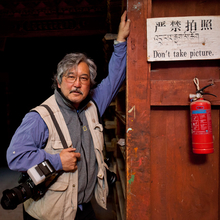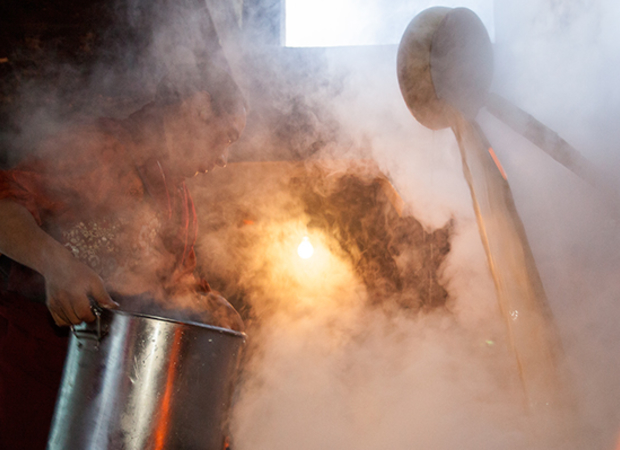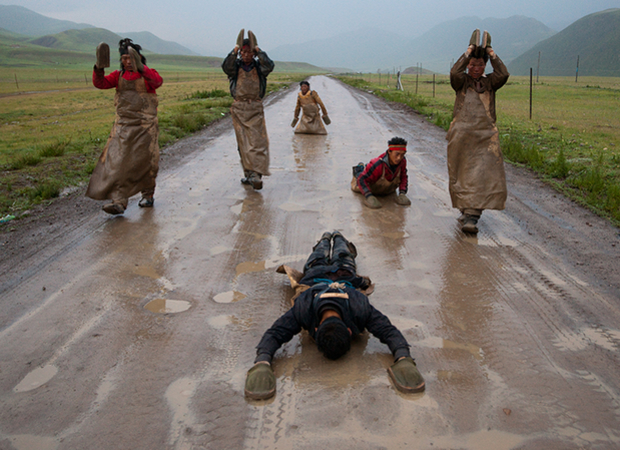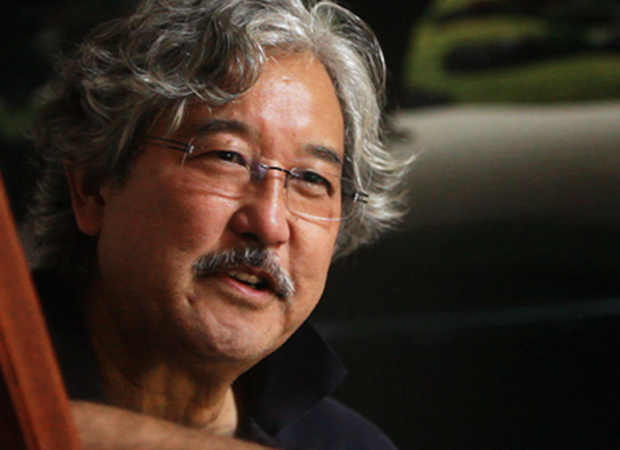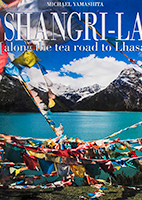Photographer Michael Yamashita has been shooting for the National Geographic magazine for more than thirty years, combining his dual passions of photography and travel. After graduating from Wesleyan University with a degree in Asian studies, he spent seven years in Asia, which has become his photographic area of specialty. Upon returning to the U.S., Yamashita began shooting for the National Geographic as well as other American and international magazines and clients.
His work has taken him to six continents, and as a third-generation Japanese-American, he is fluent in Japanese, and has covered the length of Japan, from Hokkaido to Kyushu. Yamashita’s particular specialty is in retracing the paths of famous travelers, resulting in stories on Marco Polo, the Japanese poet Basho, and the Chinese explorer Zheng He.
His feature documentary, The Ghost Fleet, inspired by his National Geographic story about the 15th-century Admiral, won the Best Historical Documentary prize at the New York International Independent Film Festival and his National Geographic Channel documentary, Marco Polo: The China Mystery Revealed, based on his three-part magazine story, received two Asian Television and Film Awards. It was also included in the top twenty most popular NG Channel documentaries of the decade.
Yamashita has received numerous industry awards, including those from the Pictures of the Year, Photo District News, the New York Art Directors Club, and the Asian-American Journalists Association. Major exhibits of his work have opened throughout Asia, in Tokyo, Beijing, Seoul, Hong Kong, Mumbai, Taipei and Singapore, as well as in Rome, Venice, Frankfurt, and Perpignan, France. His work has been exhibited at galleries in Los Angeles and at the National Gallery in Washington, DC.
Yamashita has published nine books (most inspired by his 30 National Geographic stories): The Great Wall From Beginning to End; New York: Flying High, an aerial portrait of Manhattan; Zheng He: Tracing the Epic Voyages of China’s Greatest Explorer; Japan: The Soul of a Nation; Marco Polo, A Photographer’s Journey; Mekong: A Journey on the Mother of Waters; In the Japanese Garden; A Pictorial Tribute to the U.S. Merchant Marine Academy; Lakes, Peaks and Prairies: Discovering the U.S. Canadian Border.
While not traveling, Michael Yamashita lives with his family in rural New Jersey, where he maintains a studio and is an active volunteer fireman.




